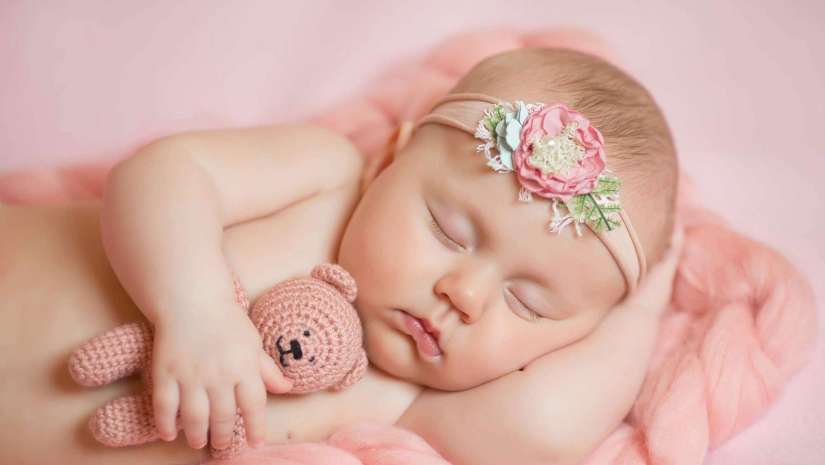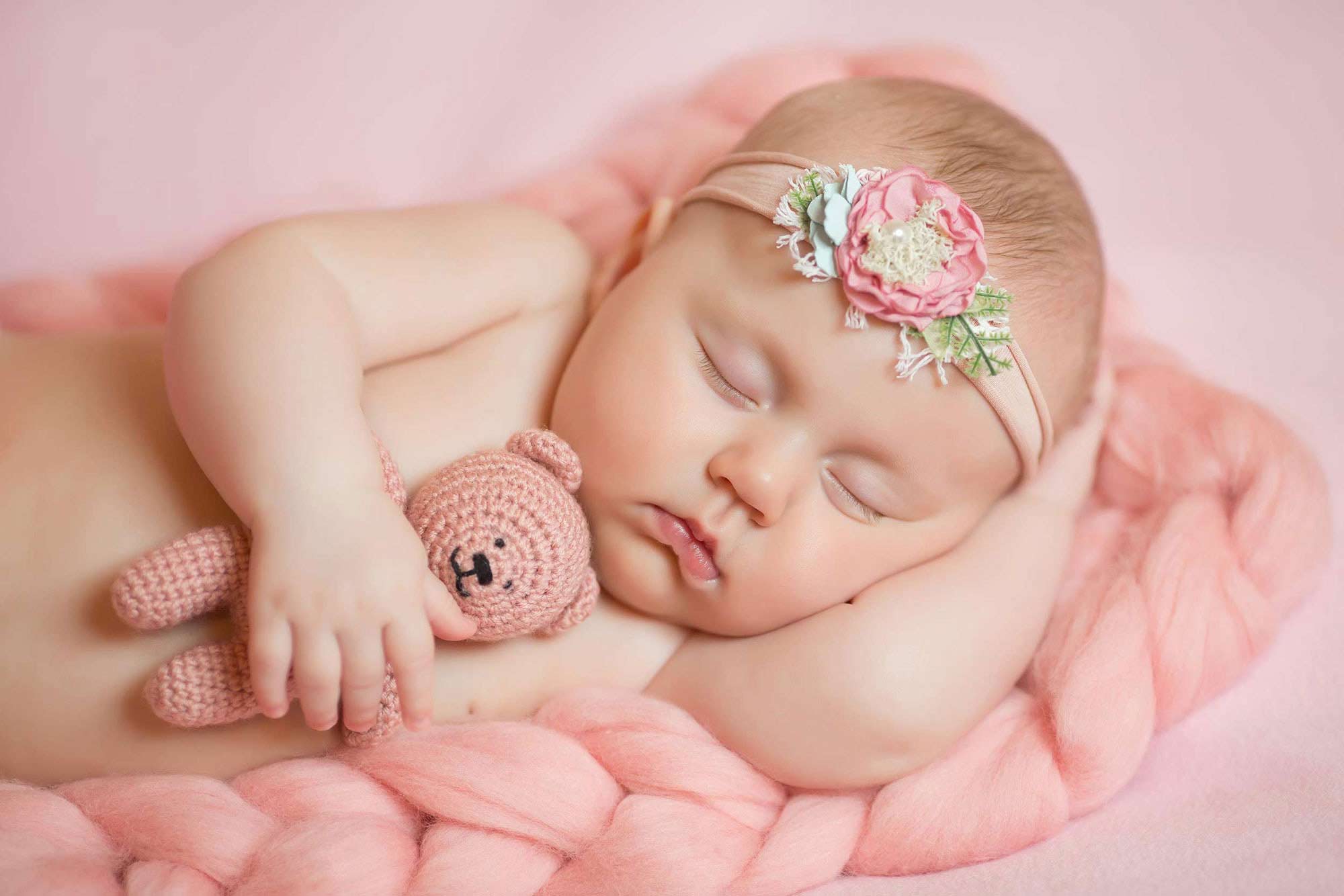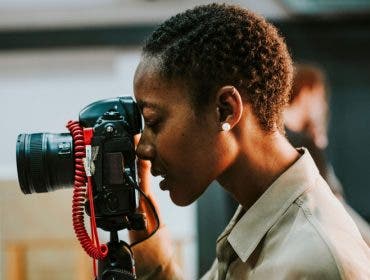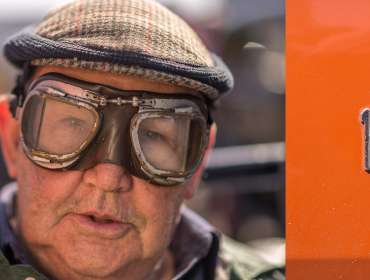Newborn baby photography may sound like an easy feat, but for those who have actually tried it, it’s usually one of the scariest, most difficult tasks that any photographer has done on the job. After all, unlike adults, babies obviously don’t follow instructions and handling small and fragile babies require utmost care and experience.
However, it can be also be one of the most fun and fulfilling projects for any photographer. Here are a couple newborn photography tips that will help you—and the baby—have an easier time on set.
Newborn Photography Tips:
- Keep them safe and comfortable.
- Use safe lighting.
- Pick the best timeframe for the shoot.
- Plan your poses.
- Create an adorable setup.
- Move in closer.
- Involve the family.
- Be flexible and patient.
- Be confident and assuring.
- Don’t mind the gear… much.
Newborn Photography Tip #1: Keep them safe and comfortable.
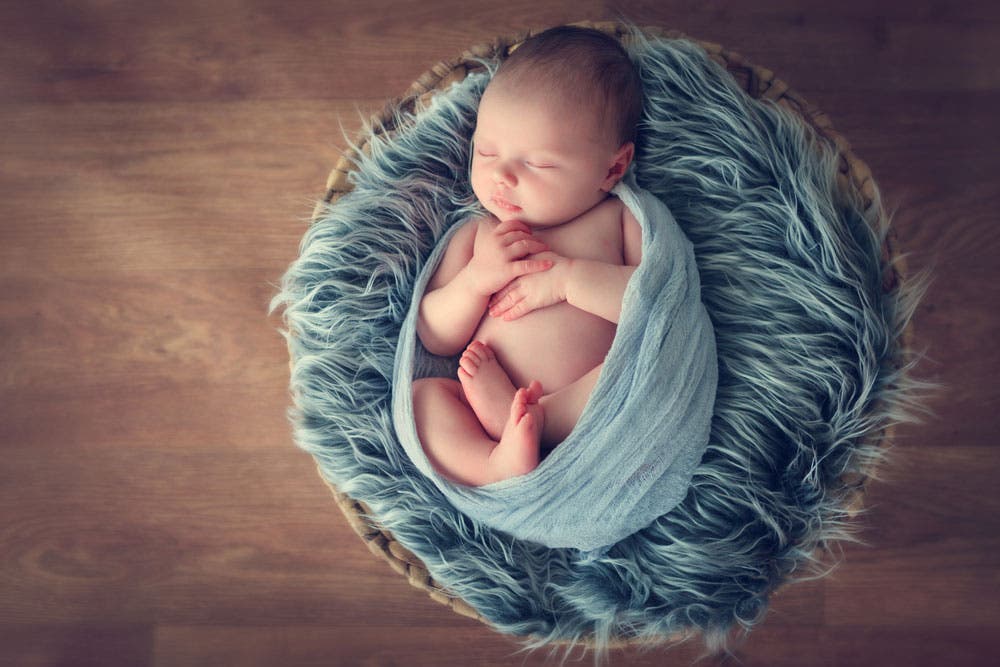
Keeping babies safe at all times should be the number one priority. Remember, these are tiny infants who have not been out in the world for too long. They have little to no control over their own bodies and have fragile skulls and bones. It’s not uncommon for them to be propped up on tiny bassinets a couple of feet above the ground, but the props should always be weighed and tested so they won’t tip over or fall once the baby is placed on it.
It helps to have an experienced baby photoshoot photographer or assistant who knows how to carefully move the baby into a variety of comfortable poses without waking them up or having them fall over. It’s also important to make them feel snug and warm at all times. You may want to have a space heater near the baby and play soft music (or even white noise) to help keep them sound asleep.
The more comfortable they are, the easier they’ll be to shoot!
Newborn Photography Tip #2: Use safe lighting.
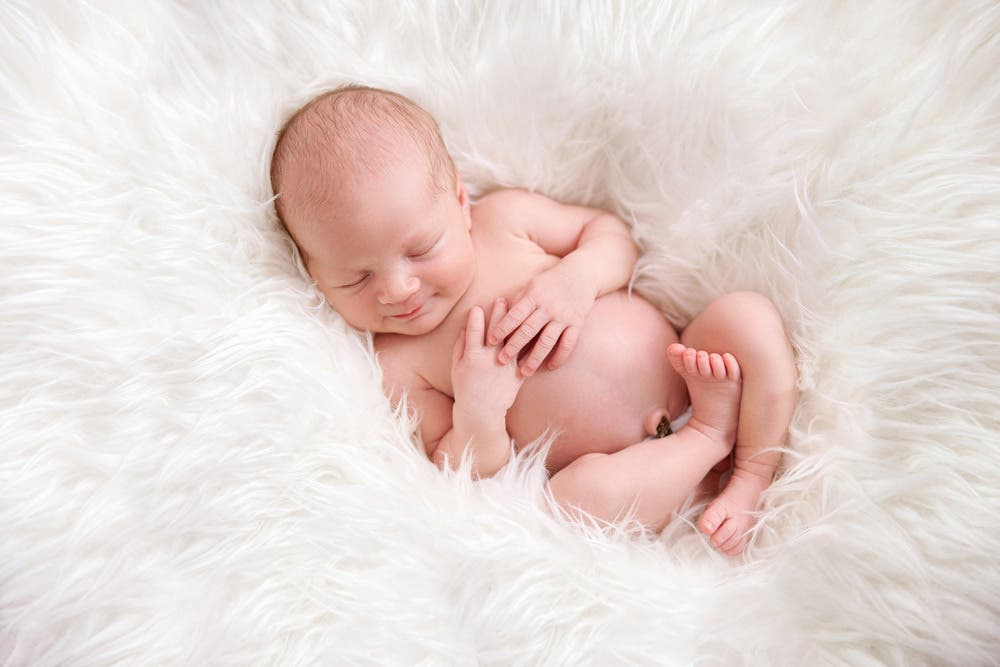
Babies have very sensitive eyes and cannot be exposed to harsh lights until after several months. When shooting baby portraits, photographers shouldn’t be using pop-up flashes. External flashes are a much better option, as long as you let the light bounce from the ceiling and keep the power low enough to avoid blinding the baby or waking them up.
However, if you ask any professional baby photographer, it’s always best to use ambient lighting. Go for natural light, like soft sunlight coming in from a nearby window, or indoor lights that can be modulated to your desired lighting. Constant white studio lights are also good options, so the newborn’s skin looks less red and warm.
Newborn Photography Tip #3: Pick the best timeframe for the shoot.
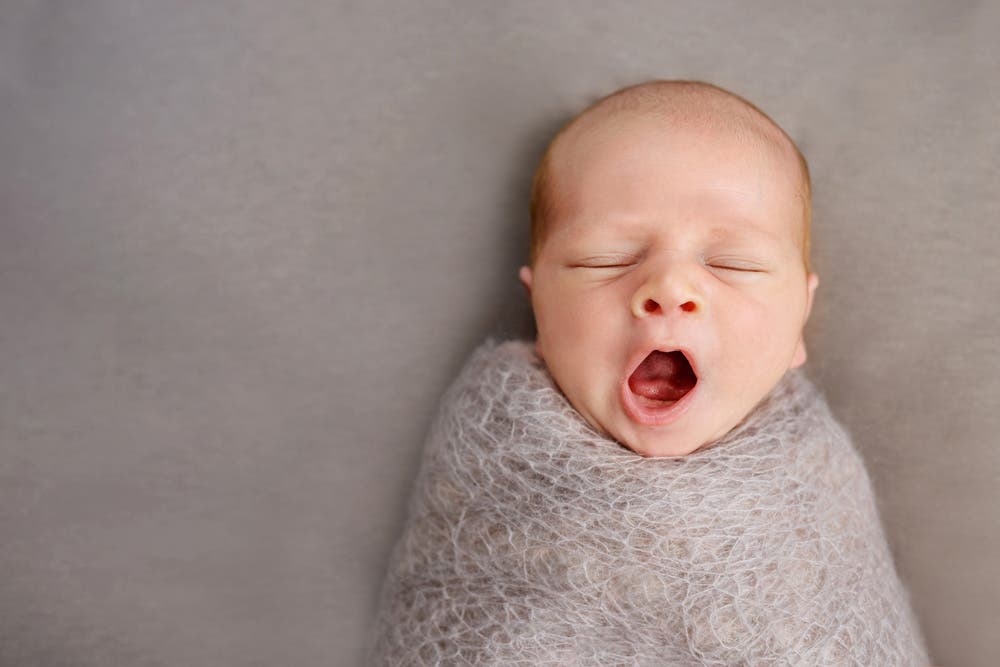
If you’re interested in having a newborn as your subject, you can follow the “10 Days Rule.” This means your baby should be 10 days old at most, but the ideal age is 5 to 10 days old. During this short time frame, babies spend most of their days sleeping and curling up like they did in their mother’s womb. After two weeks, the babies start to stretch and become more active, so it can be a little more difficult to make them pose in small baskets and beds.
Newborn Photography Tip #4: Plan your poses.
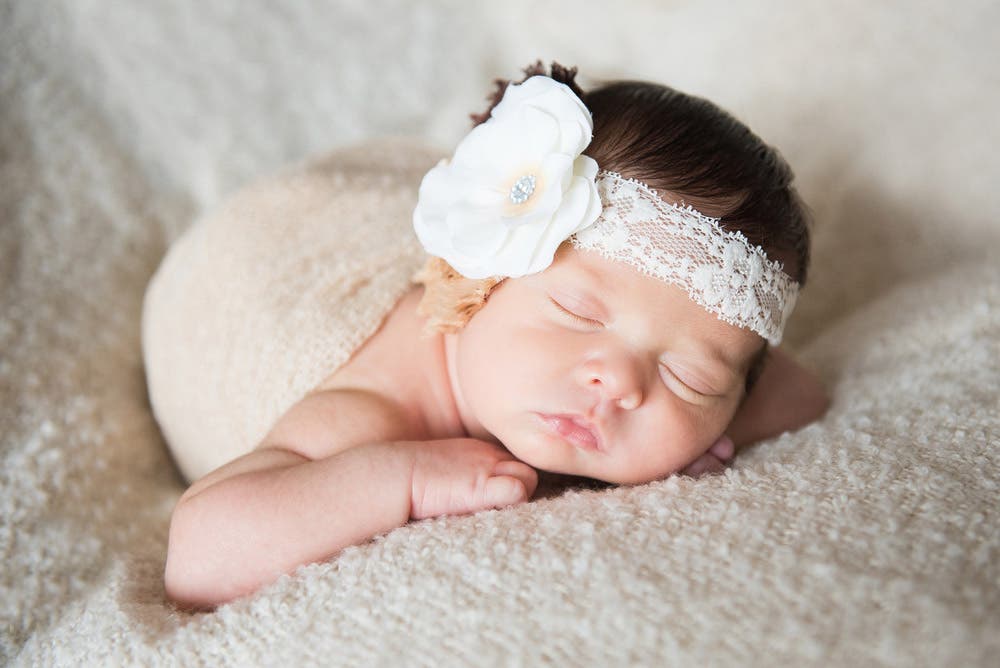
Newborn photoshoots can be pretty unpredictable, so it’s best that you plan the poses ahead of time. Collect samples or pegs of newborn poses on your phone or tablet. Or, for an even easier time, hire a professional baby photoshoot assistant who has had experience in handling babies and making them do a variety of poses.
Typical newborn poses include having them on their tummies, propping their heads on their arms and elbows, or allowing them to just lie comfortably on their backs. Some babies are easy to move while others are just happy with curling up into a ball. The key here is to never force the baby to do a pose that they’re uncomfortable in and to always support the head, neck, and body when changing their positions.
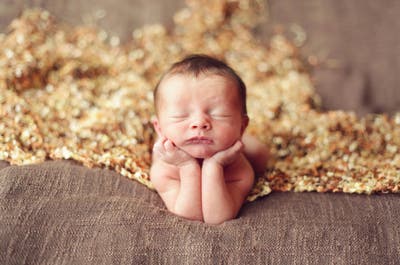
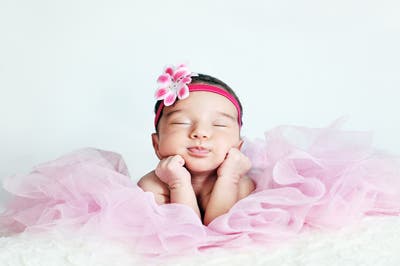
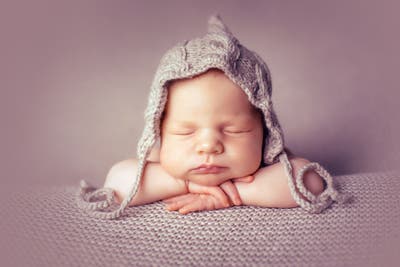
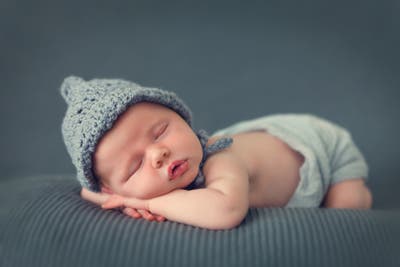
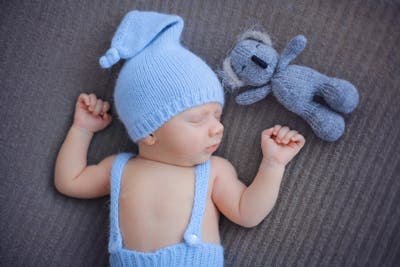
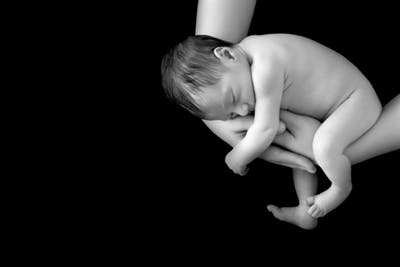
Newborn Photography Tip #5: Create an adorable setup.
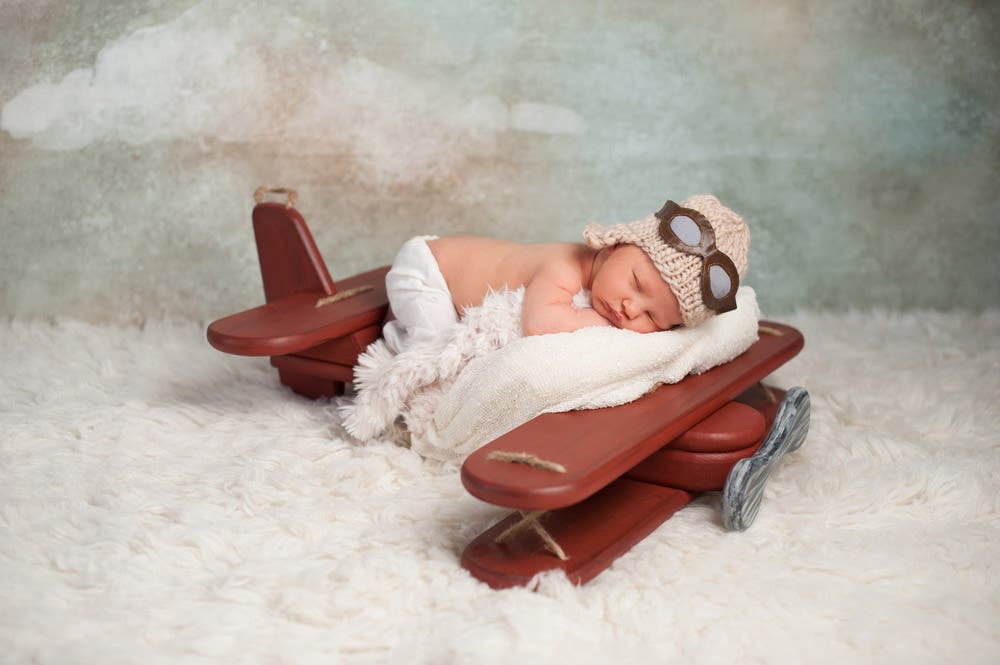
Basic photos of just the newborns make very adorable portraits, but many now prefer to dress them up in the most adorable clothes or with just a couple of accessories and have them pose (or sleep) in a very creative setup (or two!). Props are often included to add a super cute touch to the overall image. Go ahead and seek inspiration online, or ask the parents for their desired output.
Allow the decor to add a unique story to your photo set. But of course, remember to keep them realistic and safe!
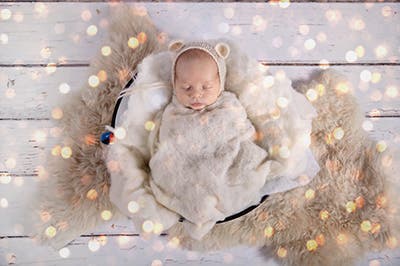
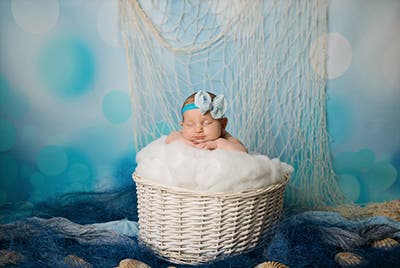
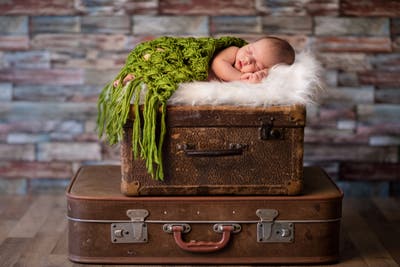
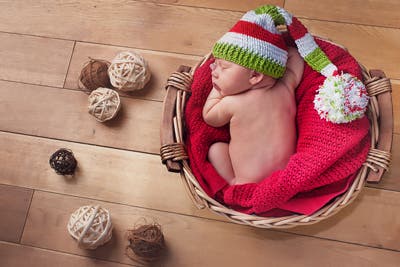
Newborn Photography Tip #6: Move in closer.
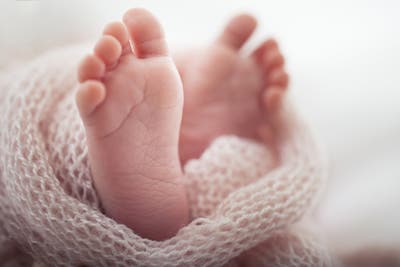
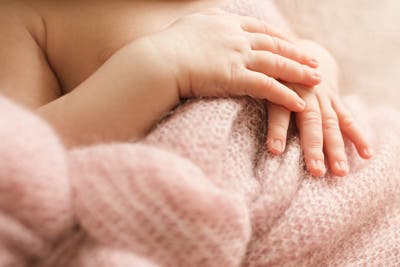
Once you’ve gotten that establishing shot of your newborn and the setup, get close or use that zoom lens to capture little details. Take photos of the baby’s tiny little fingers and toes, or maybe even those long eyelashes. If you’re lucky, you might even catch the baby smiling in their sleep. The baby’s parents would love to have photos that show just how tiny their baby’s feet and hands were at the time, so you may want to incorporate some props for size comparison. For an added artistic touch, keep that aperture wide open!
Newborn Photography Tip #7: Include the family.
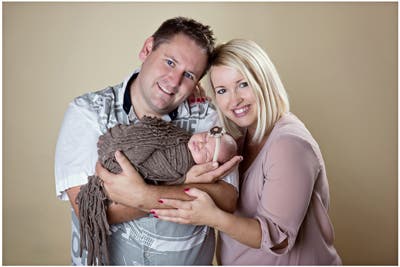
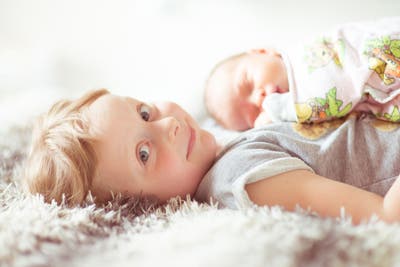
There’s absolutely no reason not to include the baby’s parents and/or siblings. You may want to suggest and encourage their participation, in case they didn’t think of it early on. Having a young brother or sister with the baby in the photo can make the sweetest portraits. Photos with the parents can be traditional, or they can try holding the baby in different positions for added drama.
Newborn Photography Tip #8: Be flexible and patient.
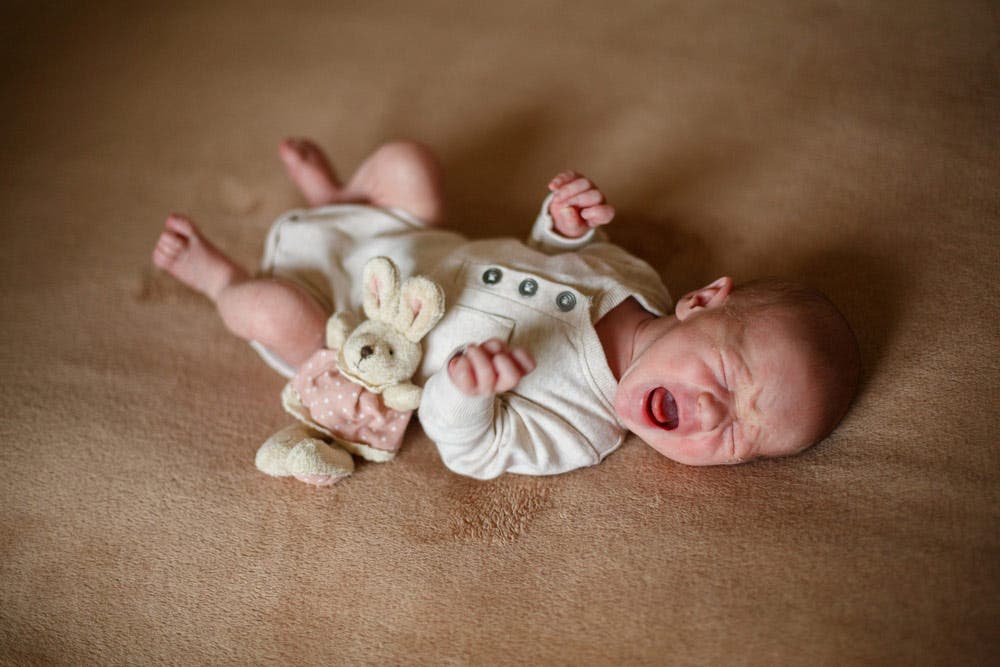
The one thing that you can expect from a baby photoshoot is that you can’t always expect it to go smoothly. In many cases, babies take a while before settling and falling asleep, and they may even take a dump in the middle of a shoot. And since having diapers on can ruin some of the shots, the baby will most likely be naked, which can result in some truly messy situations.
Many newborn photoshoots take 2 to 3 hours to complete, and you won’t be able to take your winning shots until the last half hour. For this reason, many parents go for photographers who charge per session instead of on a per hour basis.
Make sure to physically, mentally, and emotionally prepare yourself for the photoshoot—and bring along a huge pack of wet wipes while you’re at it.
Newborn Photography Tip #9: Be confident and reassuring.
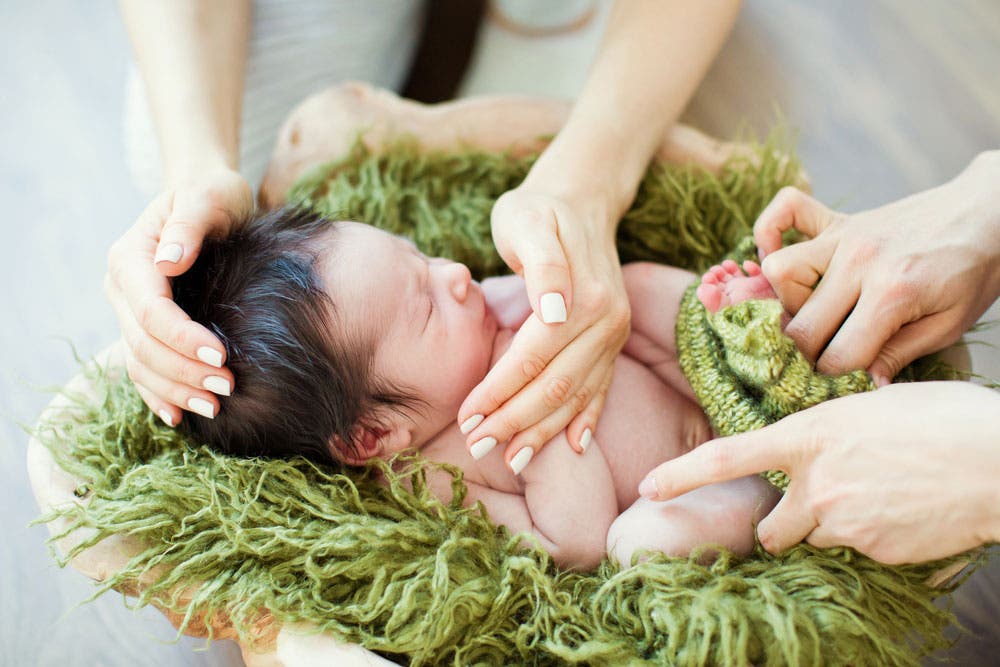
This is mainly a tip for handling the parents. If the parents aren’t included in the photo, it can sometimes be hard to keep them away from the set. They might constantly want to be around and be stage parents (literally), especially when the baby starts crying. It’s your job to make them feel comfortable and to let them know that you’ve got this. If you haven’t done many baby photoshoots yet, take the time to educate yourself with tutorials, videos, workshops, and poses. Learn how to handle babies, especially newborns. You’ll have a much easier time once the parents feel that their newborn is safe in your hands and in front of your lens.
Newborn Photography Tip #10: Don’t worry about the gear… much.
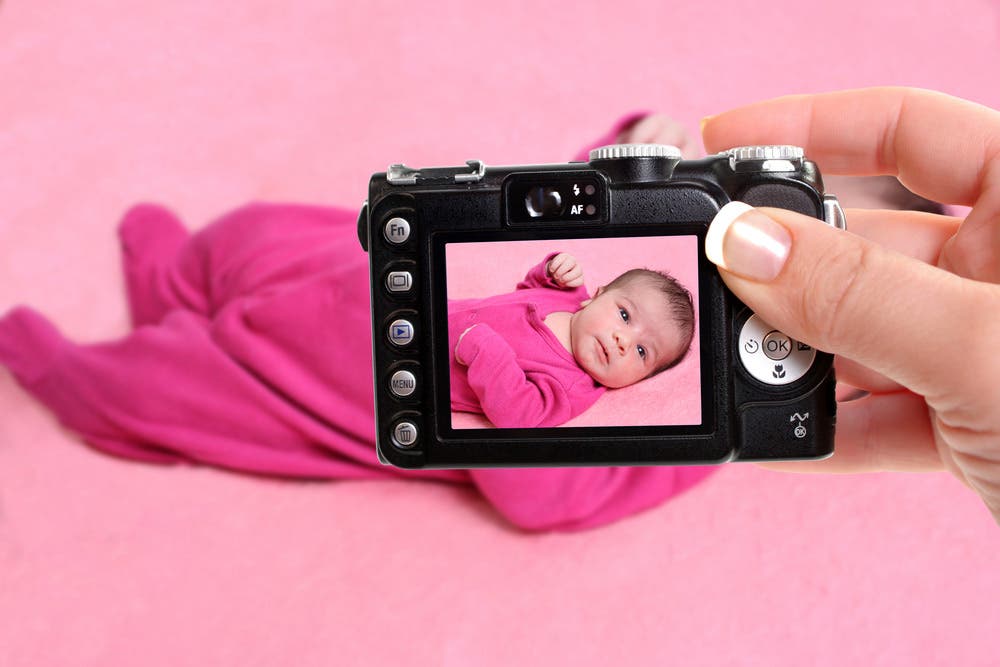
It’s true that more professional cameras can take higher quality photos and help you achieve your exact desired image. However, you don’t have to worry too much about having just a point-and-shoot camera or even a good smartphone camera. Many professional photographers have attested to the fact that lower-end cameras are also capable of capturing super adorable newborn photos, as long as you have sufficient (and safe) lighting for your subject and setup.
Then again, if you want to have more control over your output, you may want to invest in quality lenses that have been proven to be useful in newborn photography. As for your flash, you’ll only need to find an external one and maybe an accompanying diffuser so as not to disturb the sleeping baby.
